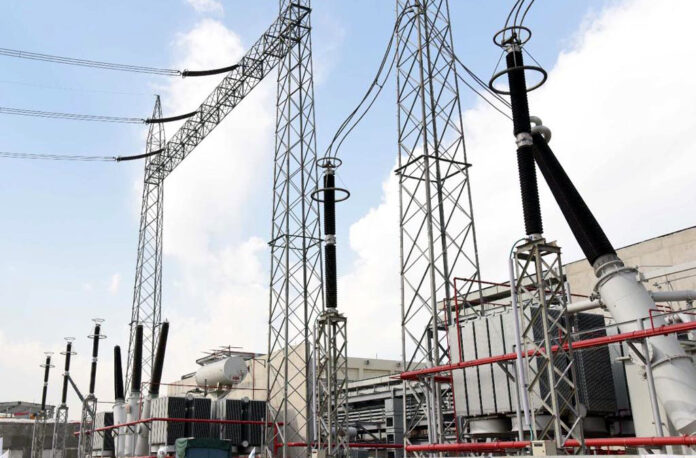ISLAMABAD: Pakistan’s power generation has witnessed a considerable growth of almost five percent in the first month of the current fiscal year while the cost of power generation decreased by 22.1pc during the said period, it was learnt on Tuesday.
After a span of thirteen months, the nation’s electricity generation has seen a promising start in the month of July 2023, which is notable increase, while on the other hand, the electricity production cost plummet by 22.1 % during the said month which can be attributed to the reduction in power generation from coal Furnace Oil (FO), and Re-gasified Liquid Natural Gas (RLNG) sources.
The statistical data reveals that the country’s total power generation went up to 14,839 GWh (19,945 MW) during July 2023, up by 4.9% as compared to 14,151 GWh (19,020 MW) during July 2022.
According to Tahir Abbas, the Head of Research at Arif Habib Limited (AHL), the year-on-year (YoY) increase in the power generation was owed to higher contribution from Re-gasified Liquid Natural Gas (RLNG) sources (37.7%), coal (21%), and hydel (11%). The month on month analysis also points out 8.2 % improvement in power production compared to June, with significant increase in hydel (33.5%), RLNG (14.7%), and nuclear (13.5%) sources. However, over the course of the first seven months of the current calendar year, power generation experienced a decline of 8.5% year-on-year, amounting to 75,861 GWh (14,910 MW), as compared to 82,948 GWh (16,303 MW) in the corresponding period of 2022. And, this dip can be attributed to lower contributions from Residual Furnace Oil (RFO) (-74%), coal (-16.2%), wind (-16.4%), and gas (-11.3%) sources, said Tahir Abbas, the Head of Research at Arif Habib Limited (AHL).
Tahir also stated that the cost of generating electricity in the country has witnessed a substantial drop of 22.1% in July 2023, reaching Rs8.34 per KWh compared to Rs10.71 per KWh in the same period of the previous year. And, this significant decline was the result of lowered costs of coal, RFO, and RLNG-based power generation, coupled with an 11% year-on-year rise in hydel, and 5% in nuclear, 6% in wind, and solar-based power generation, Tahir Abbas explained.
According to Tahir, in July, hydel was the leading source of power generation, accounting for 37.2% of the generation mix, to become the largest source of electricity generation in the country followed by RLNG, which accounted for 19.7% of the overall generation, followed by coal which accounted for 14.7% of the power generation share.
Among renewables, nuclear energy accounted for 14.2% of the total energy mix, meanwhile, wind, solar and bagasse generation amounted to 3.7%, 0.5% and 0.3% of the generation mix.
It is important to note that the data showed that during the January to July period of the current fiscal, the share of hydro generation in the energy mix remained at 26%, RLNG at 20.3%, coal at 17.6%, nuclear at 17.4%, gas at 10.4%, wind at 3.5%, RFO at 2.8%, and solar at 0.9%.




